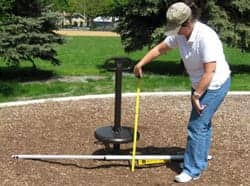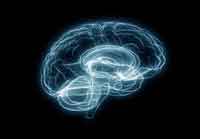.png)
The goal of the research reportedly centered on transforming the umbilical stem cells into oligodendrocytes. Prior research suggested that the oligodendrocytes bind with the hormone norephinephrine, which researchers say may stimulate their production. According to researchers, while norephinephrine and other stem cell growth promoters caused the umbilical stem cells to convert into oligodendrocytes, the conversion was reportedly cut short. Researchers concluded that chemistry and the physical environment might play a key role during the cells’ maturation process.
“We realized that the stem cells are very sensitive to environmental conditions,” Lead author Hedvika Davis, PhD, reports. To approximate the sensitivity, the research team reportedly worked to imitate the physical restrictions the cells would face in the body by growing them on top of a microscope slide with a glass slide above. Following this change, in addition to the norephinephrine and other chemicals, researchers say the cells fully matured into oligodendrocytes.
The research group reports that in further studies, they hope to target an option encompassing the injection of the oligodendrocytes directly into the body at the point of SCI to promote treatment. MS may prove to be another treatment target, Hickman says. “Multiple sclerosis is one of the holy grails of this kind of research,” Hickman adds.
Researchers hypothesize that the injection of new, healthy oligodendrocytes may improve the condition of patients suffering from diseases, including MS and diabetic neuropathy. The group also articulates the hope that new techniques required to grow oligodendrocytes in the lab may be developed and used as a model system to understand the loss and restoration of myelin and to test potential treatments.
“We want a model system to understand what’s going on and also to look for possible therapies to repair some of the damage, and we think there is great potential in both directions,” Hickman says.
The findings were recently published in the journal ACS Chemical Neuroscience.
Source: University of Central Florida




